The vastness of the Sinai desert is juxtaposed with the small and hidden spaces that Bedouin women hold. Yet, when one enters these spaces, one realizes that their inner world stretches across the desert, and represents a deeper, multi-faceted and complex world that intersects with our own world.
For Bedouin women, part of their heart is inside their home, and the other part is in the mountains and desert. When I stepped inside Um Yasser’s home, I felt only a part of their hearts that held stories and dreams that were much larger than their space. Sitting beside her daughter, Yosra, and her cousin, it did not take time for the conversations to crystallize and for us to connect through common interests and emotions we hold as women, such as our favourite jewelry, fabrics, scents and Egyptian series and films as Souad Hosni was playing on their television screen.
Um Yasser is the first ever Bedouin woman to work as a tour guide on the Sinai Trail – Egypt’s first long-distance hiking trail and the leading Bedouin run hiking trail in the Middle East. I only went hiking trips with male guides, yet this time, I was curious to not just catch a glimpse of Sinai’s natural beauty, but also the beauty found in its people – the women, the children, and the family as a whole.
After we drank our tea, we talked about their ambitious dreams, as Um Yasser shared with me her hopes of growing her tourism business and bringing people from all around the world to Sinai. “I want to learn more and understand more how the tourism industry works. I wish I could speak or sit with those in the industry and authority to find new opportunities, new ways of growing my tourism business, and see how I can improve. My dream is to see more tourism in Sinai, reaching 100 people for every trip, because everything stopped after the COVID-19 pandemic,” she says.
Since the COVID-19 pandemic, Um Yasser stayed inside her home without work. Tourism is her sole means of earning income, but it is also more than that – it is also where she found passion in work.
“There isn’t another Bedouin woman who loves tourism work as much as I do, and who is able to hike these long distances in just two days. I do this work because I love it, and because there is no other work opportunity to help me survive. When tourism stops, I also stop. I want to work because I love work, I don’t like to simply sit at home.”
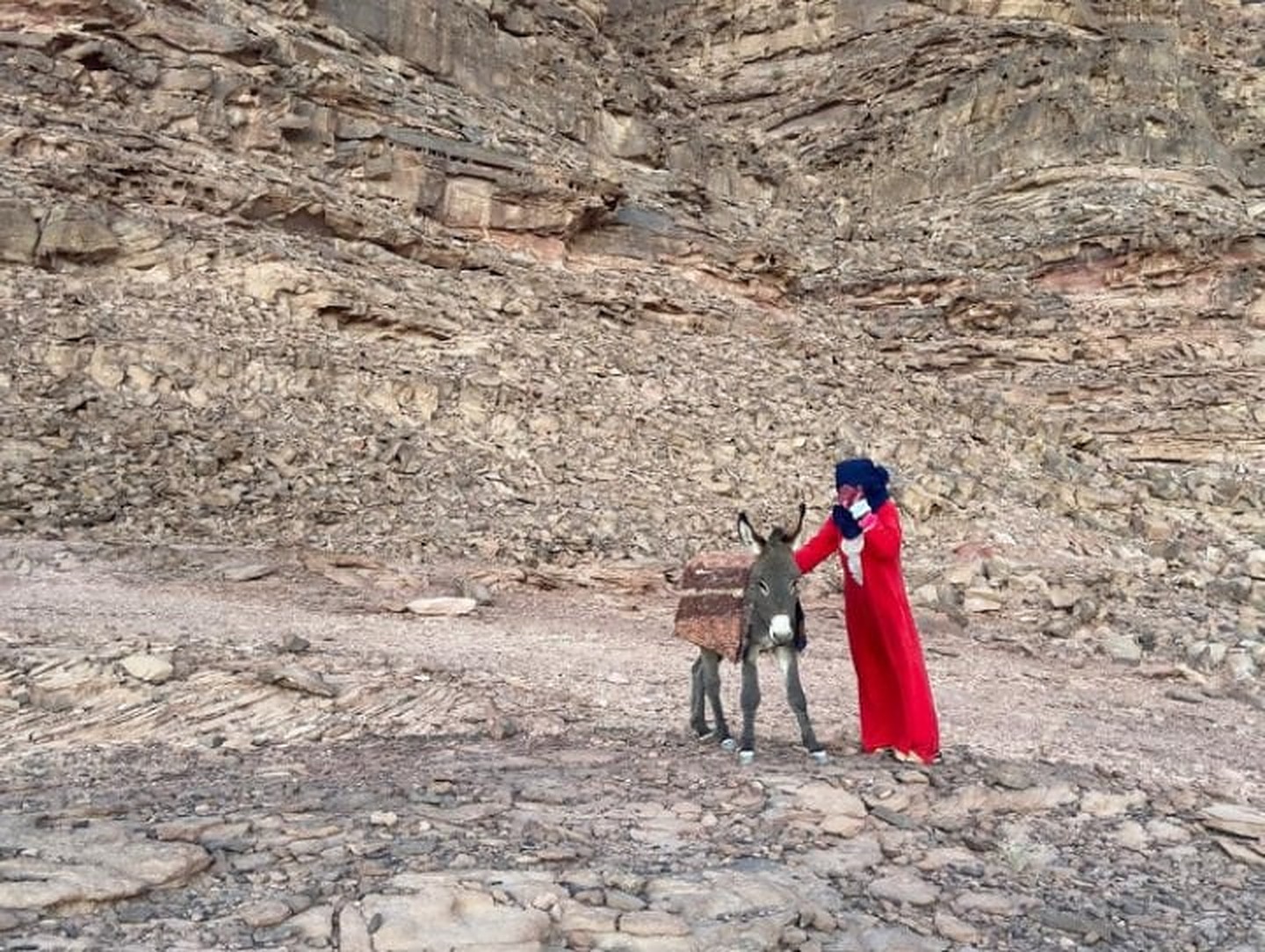
No Bedouin woman in history ever worked in tourism before, but after Um Yasser, more women became encouraged to do so. “After I’ve started working, more women became convinced that this isn’t eib (shameful) for a Bedouin woman to work in tourism, but that this is work, and work is not shameful. When they (Sinai Trail) first told me about this job, I was over the moon. I wasn’t afraid to work, but I was very excited that I finally got the opportunity to be part of something that will help my family and myself.”
Um Yasser is also passing on her legacy to her daughter to become a tour guide. “I always tell her to walk with me and explain to her how the tourism industry works. It isn’t just about hiking, but also engaging with the tourists and sharing with them a glimpse of our culture. Tourism is about people and culture, which is why I try as much as possible to bring with me pieces of Bedouin culture. It involves a lot of cultural exchange and communication that she needs to be prepared for.”
As part of Sinai Trail’s fall trips this year, the two-day trip with Um Yasser was with the Hamada tribe, the smallest and oldest tribe in the region and included a visit to the high mountains known as Hajar el Nimr, the Leopard’s Rock.
Her group, which included me, would wake up in the early mornings to pray and hear the sounds of the birds and animals outside. We would then light a fire, drink a warm cup of tea, and have breakfast with fresh Bedouin bread as we studied at our surroundings with more mindfulness; looking around and seeing the desert, the mountains, and the sky.
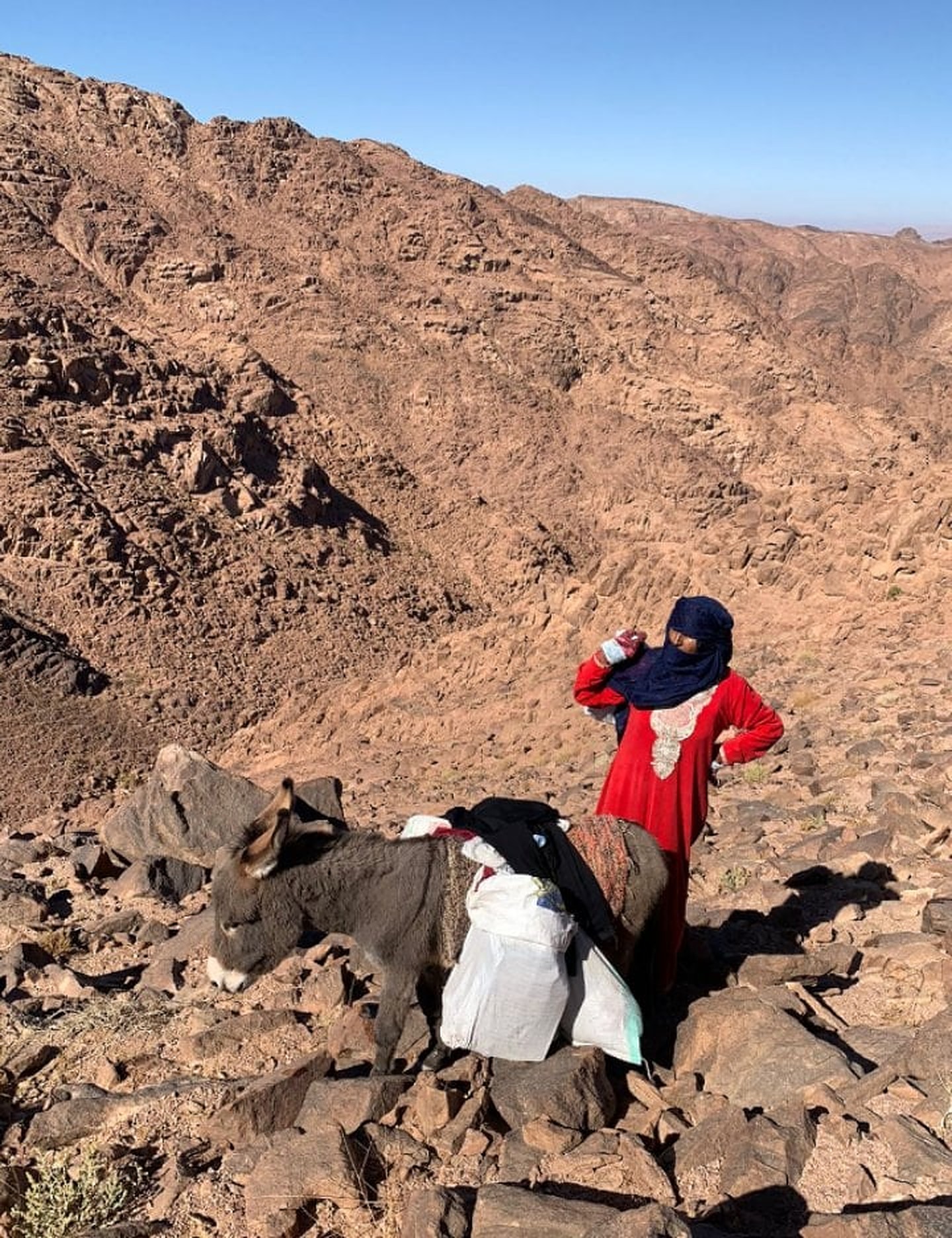
Initially, Um Yasser began by guiding only women on the trail. But today, she leads mixed groups. Her knowledge of the desert was unmatched. No matter where she went, she found a way to guide us deeper into the desert. In the clear and serene atmosphere, she would sing for us songs and poems, pick fresh herbs and plants, and laugh with her sister along the way. We also sometimes relax very high up in the mountains where the air was fresh and clean, while sipping our Bedouin tea and looking over the clear horizon in pure silence.
Whenever one of us felt a little too tired to continue hiking, she pushed us back up and told us with a powerful voice, “A Bedouin woman is a keeper of the mountains. We love the mountains. You have to build strength like the Bedouin woman.”




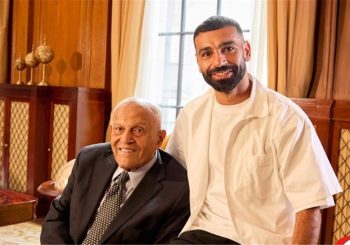
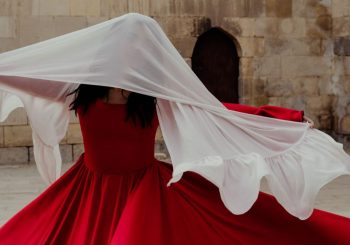
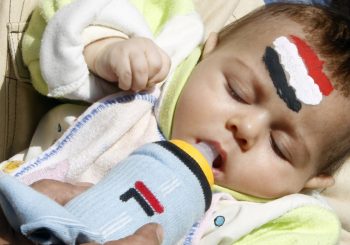
Comment (1)
[…] the first time, women were welcomed as guides, with Um Yasser becoming the first Bedouin woman to lead hikers on the Sinai Trail—an inspiring milestone for both the […]